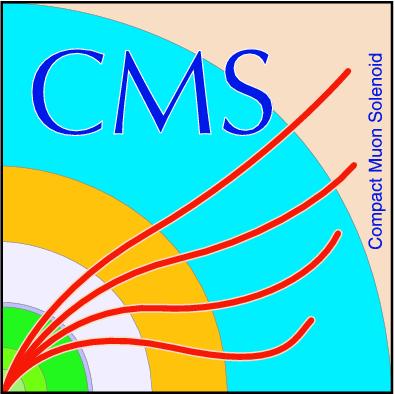

Compact Muon Solenoid
LHC, CERN
| CMS-PAS-B2G-24-006 | ||
| Search for pair production of heavy resonances in photon plus large-radius jets final states in pp collisions at $ \sqrt{s}= $ 13 TeV | ||
| CMS Collaboration | ||
| 23 April 2025 | ||
| Abstract: We present a search for the pair production of heavy spin-3/2 or spin-1/2 resonances ($ \mathrm{t}^{*} $) in proton-proton collisions at $ \sqrt{s}= $ 13 TeV. We use data collected by the CMS detector at the CERN LHC from 2016 to 2018, corresponding to an integrated luminosity of 138 fb$ ^{-1} $. The analysis targets signal scenarios where one $ \mathrm{t}^{*} $ decays into a top quark (t) and a gluon (g), and the other into a t and a photon ($ \gamma $), via the process $ \mathrm{pp}\rightarrow\mathrm{t}^{*}\bar{\mathrm{t}^{*}}\rightarrow\mathrm{tg\bar{t}}\gamma $. All-hadronic final states from the t pair decay chain are selected using jet substructure techniques. The mass of the $ \mathrm{t}^{*} $ candidate is reconstructed using the photon and a top-candidate jet, which is then used to probe the signal. No significant deviation from the background-only hypothesis is observed. Observed (expected) upper limits on the signal cross section at 95% confidence level are set, excluding masses of spin-1/2 $\mathrm{t}^{*} $ particles below 940 (1000) GeV and spin-3/2 $\mathrm{t}^{*} $ particles below 1330 (1410) GeV. This analysis marks the first search for heavy resonances in the $ \mathrm{tg\bar{t}}\gamma $ final state. Exploiting the high-energy photon, which reduces background despite the small $ \mathrm{t}^{*}\rightarrow\mathrm{t}\gamma $ branching ratio, this search achieves sensitivity comparable to $ \mathrm{pp}\rightarrow\mathrm{t}^{*}\bar{\mathrm{t}^{*}}\rightarrow\mathrm{tg\bar{t}g} $ searches. | ||
| Links: CDS record (PDF) ; CADI line (restricted) ; | ||
| Figures | |

png pdf |
Figure 1:
Representative Feynman diagram for pair production of $ \mathrm{t}^{*} $ in the $ \mathrm{t}\mathrm{g}\bar{\mathrm{t}}\gamma $ final state. |

png pdf |
Figure 2:
Shape comparison of the $ m_{\gamma\text{j}_{1}} $ distribution for $ \mathrm{t}^{*}\bar{\mathrm{t}^{*}} $ signal events generated at different $ m_{\mathrm{t}^{*}} $, with spin-1/2 (solid) and spin-3/2 (dashed). |

png pdf |
Figure 3:
The photon (left) and j$ _1 $ (right) $ p_{\mathrm{T}} $ distributions in SR (top), VR1 (middle) and VR2 (bottom) is presented, with statistical and systematic uncertainties in the expected background yields depicted by the hatched band. Additionally, the simulated signal distributions for spin-1/2 and -3/2 $ \mathrm{t}^{*} $ with mass of 900 GeV are overlaid for comparison, with both samples normalized to a cross section of 10 fb. The last bin includes the overflow. |

png pdf |
Figure 3-a:
The photon (left) and j$ _1 $ (right) $ p_{\mathrm{T}} $ distributions in SR (top), VR1 (middle) and VR2 (bottom) is presented, with statistical and systematic uncertainties in the expected background yields depicted by the hatched band. Additionally, the simulated signal distributions for spin-1/2 and -3/2 $ \mathrm{t}^{*} $ with mass of 900 GeV are overlaid for comparison, with both samples normalized to a cross section of 10 fb. The last bin includes the overflow. |

png pdf |
Figure 3-b:
The photon (left) and j$ _1 $ (right) $ p_{\mathrm{T}} $ distributions in SR (top), VR1 (middle) and VR2 (bottom) is presented, with statistical and systematic uncertainties in the expected background yields depicted by the hatched band. Additionally, the simulated signal distributions for spin-1/2 and -3/2 $ \mathrm{t}^{*} $ with mass of 900 GeV are overlaid for comparison, with both samples normalized to a cross section of 10 fb. The last bin includes the overflow. |

png pdf |
Figure 3-c:
The photon (left) and j$ _1 $ (right) $ p_{\mathrm{T}} $ distributions in SR (top), VR1 (middle) and VR2 (bottom) is presented, with statistical and systematic uncertainties in the expected background yields depicted by the hatched band. Additionally, the simulated signal distributions for spin-1/2 and -3/2 $ \mathrm{t}^{*} $ with mass of 900 GeV are overlaid for comparison, with both samples normalized to a cross section of 10 fb. The last bin includes the overflow. |

png pdf |
Figure 3-d:
The photon (left) and j$ _1 $ (right) $ p_{\mathrm{T}} $ distributions in SR (top), VR1 (middle) and VR2 (bottom) is presented, with statistical and systematic uncertainties in the expected background yields depicted by the hatched band. Additionally, the simulated signal distributions for spin-1/2 and -3/2 $ \mathrm{t}^{*} $ with mass of 900 GeV are overlaid for comparison, with both samples normalized to a cross section of 10 fb. The last bin includes the overflow. |

png pdf |
Figure 3-e:
The photon (left) and j$ _1 $ (right) $ p_{\mathrm{T}} $ distributions in SR (top), VR1 (middle) and VR2 (bottom) is presented, with statistical and systematic uncertainties in the expected background yields depicted by the hatched band. Additionally, the simulated signal distributions for spin-1/2 and -3/2 $ \mathrm{t}^{*} $ with mass of 900 GeV are overlaid for comparison, with both samples normalized to a cross section of 10 fb. The last bin includes the overflow. |

png pdf |
Figure 3-f:
The photon (left) and j$ _1 $ (right) $ p_{\mathrm{T}} $ distributions in SR (top), VR1 (middle) and VR2 (bottom) is presented, with statistical and systematic uncertainties in the expected background yields depicted by the hatched band. Additionally, the simulated signal distributions for spin-1/2 and -3/2 $ \mathrm{t}^{*} $ with mass of 900 GeV are overlaid for comparison, with both samples normalized to a cross section of 10 fb. The last bin includes the overflow. |

png pdf |
Figure 4:
The background-only postfit $ m_{\gamma\text{j}_{1}} $ distributions for the SR (left) and VR1 (right) are shown. Statistical and systematic uncertainties in the expected background yields depicted by the hatched band. Additionally, the simulated signal distributions for spin-1/2 and -3/2 $ \mathrm{t}^{*} $ with mass of 900 GeV are overlaid for comparison, with both samples normalized to a cross section of 10 fb. The last bin includes the overflow. |

png pdf |
Figure 4-a:
The background-only postfit $ m_{\gamma\text{j}_{1}} $ distributions for the SR (left) and VR1 (right) are shown. Statistical and systematic uncertainties in the expected background yields depicted by the hatched band. Additionally, the simulated signal distributions for spin-1/2 and -3/2 $ \mathrm{t}^{*} $ with mass of 900 GeV are overlaid for comparison, with both samples normalized to a cross section of 10 fb. The last bin includes the overflow. |

png pdf |
Figure 4-b:
The background-only postfit $ m_{\gamma\text{j}_{1}} $ distributions for the SR (left) and VR1 (right) are shown. Statistical and systematic uncertainties in the expected background yields depicted by the hatched band. Additionally, the simulated signal distributions for spin-1/2 and -3/2 $ \mathrm{t}^{*} $ with mass of 900 GeV are overlaid for comparison, with both samples normalized to a cross section of 10 fb. The last bin includes the overflow. |

png pdf |
Figure 5:
The expected (red solid line) and the observed (red dashed line) 95% CL upper limits on the product of the cross section for $ \mathrm{t}^{*} \to \mathrm{t}\gamma $ production times the $ \mathcal{B}(\mathrm{t}^{*} \to \mathrm{t}\gamma)\mathcal{B}(\mathrm{t}^{*} \to \mathrm{t}\mathrm{g}) $ as a function of mass for spin-1/2 (left) and spin-3/2 (right) $ \mathrm{t}^{*} $. The blue (inner) and yellow (outer) bands indicate the 68 and 95% coverage of the expected upper limits. The green solid lines represent the values expected from the theory. |

png pdf |
Figure 5-a:
The expected (red solid line) and the observed (red dashed line) 95% CL upper limits on the product of the cross section for $ \mathrm{t}^{*} \to \mathrm{t}\gamma $ production times the $ \mathcal{B}(\mathrm{t}^{*} \to \mathrm{t}\gamma)\mathcal{B}(\mathrm{t}^{*} \to \mathrm{t}\mathrm{g}) $ as a function of mass for spin-1/2 (left) and spin-3/2 (right) $ \mathrm{t}^{*} $. The blue (inner) and yellow (outer) bands indicate the 68 and 95% coverage of the expected upper limits. The green solid lines represent the values expected from the theory. |

png pdf |
Figure 5-b:
The expected (red solid line) and the observed (red dashed line) 95% CL upper limits on the product of the cross section for $ \mathrm{t}^{*} \to \mathrm{t}\gamma $ production times the $ \mathcal{B}(\mathrm{t}^{*} \to \mathrm{t}\gamma)\mathcal{B}(\mathrm{t}^{*} \to \mathrm{t}\mathrm{g}) $ as a function of mass for spin-1/2 (left) and spin-3/2 (right) $ \mathrm{t}^{*} $. The blue (inner) and yellow (outer) bands indicate the 68 and 95% coverage of the expected upper limits. The green solid lines represent the values expected from the theory. |
| Tables | |

png pdf |
Table 1:
Observed and expected 95% CL lower mass limits for $ \mathrm{t}^{*} $ searches. |
| Summary |
| A search has been presented for spin-1/2 and -3/2 heavy particles in final state with a photon and large-radius jets. The data correspond to an integrated luminosity of 138 fb$ ^{-1} $ collected between 2016 and 2018 with the CMS detector at the LHC in proton-proton collisions at $ \sqrt{s}= $ 13 TeV. The pair production of excited top quarks was analyzed, considering the decay signature of $ \mathrm{t}^{*}\bar{\mathrm{t}^{*}} \to \mathrm{t}\mathrm{g}\bar{\mathrm{t}}\gamma $. Lorentz-boosted top quark identification techniques are used to select the events containing large-radius jets originated from top quarks and to suppress standard model backgrounds. No significant deviation from the standard model background prediction is observed. Upper limits are placed on the product of the $ \mathrm{t}^{*}\bar{\mathrm{t}^{*}} $ production cross section times the $ \mathcal{B}(\mathrm{t}^{*}\bar{\mathrm{t}^{*}} \to \mathrm{t}\mathrm{g}\bar{\mathrm{t}}\gamma) $ as a function of the $ \mathrm{t}^{*} $ mass. A spin-1/2 (-3/2) $ \mathrm{t}^{*} $ with a mass below 940 (1330 ) GeV is excluded at 95% confidence level. These are the first limits obtained from the $ \mathrm{t}^{*}\bar{\mathrm{t}^{*}} \to \mathrm{t}\mathrm{g}\bar{\mathrm{t}}\gamma $ channel which are both comparable to and complementary with the limits obtained from the $ \mathrm{t}^{*}\bar{\mathrm{t}^{*}} \to \mathrm{t}\mathrm{g}\bar{\mathrm{t}}\mathrm{g} $ channel. |
| References | ||||
| 1 | N. Arkani-Hamed, S. Dimopoulos, and G. R. Dvali | The hierarchy problem and new dimensions at a millimeter | PLB 429 (1998) 263 | hep-ph/9803315 |
| 2 | J. L. Hewett and T. G. Rizzo | Low-energy phenomenology of superstring inspired E(6) models | Phys. Rept. 183 (1989) 193 | |
| 3 | N. Vignaroli | Discovering the composite Higgs through the decay of a heavy fermion | JHEP 07 (2012) 158 | 1204.0468 |
| 4 | A. De Simone, O. Matsedonskyi, R. Rattazzi, and A. Wulzer | A first top partner hunter's guide | JHEP 04 (2013) 004 | 1211.5663 |
| 5 | CMS Collaboration | Search for electroweak production of a vector-like T quark using fully hadronic final states | JHEP 01 (2020) 036 | 1909.04721 |
| 6 | CMS Collaboration | Search for pair production of vector-like quarks in leptonic final states in proton-proton collisions at $ \sqrt{s}= $ 13 TeV | JHEP 07 (2023) 020 | 2209.07327 |
| 7 | CMS Collaboration | Search for pair production of vector-like quarks in the $ \mathrm{b}\mathrm{W}\overline{\mathrm{b}}\mathrm{W} $ channel from proton-proton collisions at $ \sqrt{s}= $ 13 TeV | PLB 779 (2018) 82 | 1710.01539 |
| 8 | CMS Collaboration | Search for production of a single vectorlike quark decaying to tH or tZ in the all-hadronic final state in pp collisions at $\sqrt{s} =$ 13 TeV | PRD 110 (2024) 072012 | 2405.05071 |
| 9 | CMS Collaboration | Search for single production of a vector-like T quark decaying to a top quark and a Z boson in the final state with jets and missing transverse momentum at $ \sqrt{s} = $ 13 TeV | JHEP 05 (2022) 093 | 2201.02227 |
| 10 | ATLAS Collaboration | Search for singly produced vector-like top partners in multilepton final states with 139 fb$^{-1}$ of pp collision data at $ \sqrt{s} = $ 13 TeV with the ATLAS detector | PRD 109 (2024) 112012 | 2307.07584 |
| 11 | ATLAS Collaboration | Search for pair-produced vector-like top and bottom partners in events with large missing transverse momentum in pp collisions with the ATLAS detector | EPJC 83 (2023) 719 | 2212.05263 |
| 12 | ATLAS Collaboration | Search for pair-production of vector-like quarks in pp collision events at $ \sqrt{s}= $ 13 TeV with at least one leptonically decaying Z boson and a third-generation quark with the ATLAS detector | PLB 843 (2023) 138019 | 2210.15413 |
| 13 | CMS Collaboration | Search for a vector-like quark T$ ' \to $ tH via the diphoton decay mode of the Higgs boson in proton-proton collisions at $ \sqrt{s} $ = 13 TeV | JHEP 09 (2023) 057 | 2302.12802 |
| 14 | J. Serra | Beyond the minimal top partner decay | JHEP 09 (2015) 176 | 1506.05110 |
| 15 | N. Bizot, G. Cacciapaglia, and T. Flacke | Common exotic decays of top partners | JHEP 06 (2018) 065 | 1803.00021 |
| 16 | H. Han et al. | Six top messages of new physics at the LHC | JHEP 10 (2019) 008 | 1812.11286 |
| 17 | R. Benbrik et al. | Signatures of vector-like top partners decaying into new neutral scalar or pseudoscalar bosons | JHEP 05 (2020) 028 | 1907.05929 |
| 18 | U. Baur, M. Spira, and P. M. Zerwas | Excited quark and lepton production at hadron colliders | Physical Review D 42 (1989) 815 | |
| 19 | CMS Collaboration | Search for pair production of excited top quarks in the lepton + jets final state | JHEP 06 (2014) 125 | 1311.5357 |
| 20 | CMS Collaboration | Search for pair production of excited top quarks in the lepton + jets final state | PLB 778 (2018) 349 | 1711.10949 |
| 21 | CMS Collaboration | Search for pair production of heavy particles decaying to a top quark and a gluon in the lepton+jets final state in proton-proton collisions at $ \sqrt{s} $ = 13 TeV | EPJC 85 (2025) 342 | 2410.20601 |
| 22 | H. Alhazmi, J. H. Kim, K. Kong, and I. M. Lewis | Shedding light on top partner at the LHC | JHEP 01 (2019) 139 | 1808.03649 |
| 23 | H. Qu and L. Gouskos | ParticleNet: jet tagging via particle clouds | PRD 101 (2020) 056019 | 1902.08570 |
| 24 | W. Rarita and J. Schwinger | On a theory of particles with half integral spin | PR 60 (1941) 61 | |
| 25 | CMS Collaboration | The CMS experiment at the CERN LHC | JINST 3 (2008) S08004 | |
| 26 | CMS Collaboration | Development of the CMS detector for the CERN LHC Run 3 | JINST 19 (2024) P05064 | |
| 27 | CMS Collaboration | Performance of the CMS Level-1 trigger in proton-proton collisions at $ \sqrt{s} = $ 13 TeV | JINST 15 (2020) P10017 | CMS-TRG-17-001 2006.10165 |
| 28 | CMS Collaboration | The CMS trigger system | JINST 12 (2017) P01020 | CMS-TRG-12-001 1609.02366 |
| 29 | CMS Collaboration | Performance of the CMS high-level trigger during LHC run 2 | JINST 19 (2024) P11021 | CMS-TRG-19-001 2410.17038 |
| 30 | CMS Collaboration | Electron and photon reconstruction and identification with the CMS experiment at the CERN LHC | JINST 16 (2021) P05014 | CMS-EGM-17-001 2012.06888 |
| 31 | CMS Collaboration | Performance of the CMS muon detector and muon reconstruction with proton-proton collisions at $ \sqrt{s}= $ 13 TeV | JINST 13 (2018) P06015 | CMS-MUO-16-001 1804.04528 |
| 32 | CMS Collaboration | Description and performance of track and primary-vertex reconstruction with the CMS tracker | JINST 9 (2014) P10009 | CMS-TRK-11-001 1405.6569 |
| 33 | NNPDF Collaboration | Parton distributions from high-precision collider data | EPJC 77 (2017) 663 | 1706.00428 |
| 34 | T. Sjöstrand et al. | An introduction to PYTHIA 8.2 | Comput. Phys. Commun. 191 (2015) 159 | 1410.3012 |
| 35 | CMS Collaboration | Extraction and validation of a new set of CMS PYTHIA8 tunes from underlying-event measurements | EPJC 80 (2020) 4 | CMS-GEN-17-001 1903.12179 |
| 36 | GEANT4 Collaboration | GEANT 4---a simulation toolkit | NIM A 506 (2003) 250 | |
| 37 | J. Alwall et al. | The automated computation of tree-level and next-to-leading order differential cross sections, and their matching to parton shower simulations | JHEP 07 (2014) 079 | 1405.0301 |
| 38 | P. Nason | A New method for combining NLO QCD with shower Monte Carlo algorithms | JHEP 11 (2004) 040 | hep-ph/0409146 |
| 39 | S. Alioli, P. Nason, C. Oleari, and E. Re | A general framework for implementing NLO calculations in shower Monte Carlo programs: the POWHEG BOX | JHEP 06 (2010) 043 | 1002.2581 |
| 40 | S. Frixione, P. Nason, and C. Oleari | Matching NLO QCD computations with parton shower simulations: the POWHEG method | JHEP 11 (2007) 070 | 0709.2092 |
| 41 | R. Frederix and S. Frixione | Merging meets matching in mc@nlo | JHEP 12 (2012) 061 | 1209.6215 |
| 42 | CMS Collaboration | Measurement of the inclusive and differential t$ \overline{t} $\ensuremath\gamma cross sections in the single-lepton channel and EFT interpretation at $ \sqrt{s} $ = 13 TeV | JHEP 12 (2021) 180 | CMS-TOP-18-010 2107.01508 |
| 43 | CMS Collaboration | Particle-flow reconstruction and global event description with the CMS detector | JINST 12 (2017) P10003 | CMS-PRF-14-001 1706.04965 |
| 44 | CMS Collaboration | Technical proposal for the Phase-II upgrade of the Compact Muon Solenoid | CMS Technical Proposal CERN-LHCC-2015-010, CMS-TDR-15-02, 2015 CDS |
|
| 45 | M. Cacciari, G. P. Salam, and G. Soyez | The anti-$ k_{\mathrm{T}} $ jet clustering algorithm | JHEP 04 (2008) 063 | 0802.1189 |
| 46 | M. Cacciari, G. P. Salam, and G. Soyez | FastJet user manual | EPJC 72 (2012) 1896 | 1111.6097 |
| 47 | CMS Collaboration | Pileup mitigation at CMS in 13 TeV data | JINST 15 (2020) P09018 | CMS-JME-18-001 2003.00503 |
| 48 | D. Bertolini, P. Harris, M. Low, and N. Tran | Pileup per particle identification | JHEP 10 (2014) 059 | 1407.6013 |
| 49 | CMS Collaboration | Jet energy scale and resolution in the CMS experiment in pp collisions at 8 TeV | JINST 12 (2017) P02014 | CMS-JME-13-004 1607.03663 |
| 50 | M. Dasgupta, A. Fregoso, S. Marzani, and G. P. Salam | Towards an understanding of jet substructure | JHEP 09 (2013) 029 | 1307.0007 |
| 51 | J. M. Butterworth, A. R. Davison, M. Rubin, and G. P. Salam | Jet substructure as a new Higgs search channel at the LHC | PRL 100 (2008) 242001 | 0802.2470 |
| 52 | A. J. Larkoski, S. Marzani, G. Soyez, and J. Thaler | Soft drop | JHEP 05 (2014) 146 | 1402.2657 |
| 53 | CMS Collaboration | Performance of the reconstruction and identification of high-momentum muons in proton-proton collisions at $ \sqrt{s} = $ 13 TeV | JINST 15 (2020) P02027 | CMS-MUO-17-001 1912.03516 |
| 54 | CMS Collaboration | Performance of electron reconstruction and selection with the CMS detector in proton-proton collisions at $ \sqrt{s} = $ 8 TeV | JINST 10 (2015) P06005 | CMS-EGM-13-001 1502.02701 |
| 55 | CMS Collaboration | Search for resonant and nonresonant new phenomena in high-mass dilepton final states at $ \sqrt{s} $ = 13 TeV | JHEP 07 (2021) 208 | CMS-EXO-19-019 2103.02708 |
| 56 | ATLAS Collaboration | Observation of single-top-quark production in association with a photon using the ATLAS detector | PRL 131 (2023) 181901 | 2302.01283 |
| 57 | CMS Collaboration | Precision luminosity measurement in proton-proton collisions at $ \sqrt{s} = $ 13 TeV in 2015 and 2016 at CMS | EPJC 81 (2021) 800 | CMS-LUM-17-003 2104.01927 |
| 58 | CMS Collaboration | CMS luminosity measurement for the 2017 data-taking period at $ \sqrt{s}= $ 13 TeV | CMS Physics Analysis Summary , CERN, 2018 CMS-PAS-LUM-17-004 |
CMS-PAS-LUM-17-004 |
| 59 | CMS Collaboration | CMS luminosity measurement for the 2018 data-taking period at $ \sqrt{s}= $ 13 TeV | CMS Physics Analysis Summary , CERN, 2019 CMS-PAS-LUM-18-002 |
CMS-PAS-LUM-18-002 |
| 60 | CMS Collaboration | Measurement of the inelastic proton-proton cross section at $ \sqrt{s}= $ 13 TeV | JHEP 07 (2018) 161 | CMS-FSQ-15-005 1802.02613 |
| 61 | CMS Collaboration | Calibration of the jet mass scale using boosted w bosons and top quarks | CMS Performance Note DP-2023-044, 2023 CDS |
|
| 62 | CMS Collaboration | The CMS statistical analysis and combination tool: Combine | Submitted to Comput. Softw. Big Sci, 2024 | CMS-CAT-23-001 2404.06614 |
| 63 | R. J. Barlow and C. Beeston | Fitting using finite Monte Carlo samples | Comput. Phys. Commun. 77 (1993) 219 | |
| 64 | G. Cowan, K. Cranmer, E. Gross, and O. Vitells | Asymptotic formulae for likelihood-based tests of new physics | EPJC 71 (2011) 1554 | 1007.1727 |
| 65 | ATLAS and CMS Collaborations, and LHC Higgs Combination Group | Procedure for the LHC Higgs boson search combination in Summer 2011 | Technical Report CMS-NOTE-2011-005, ATL-PHYS-PUB-2011-11, CERN, 2011 | |

|
Compact Muon Solenoid LHC, CERN |
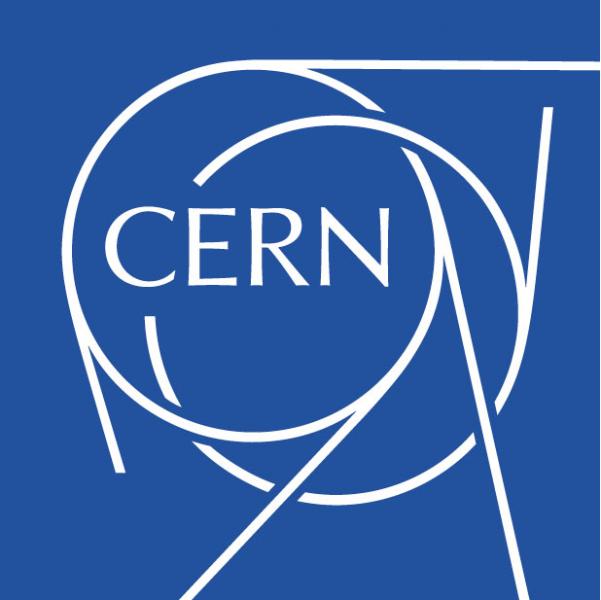
|
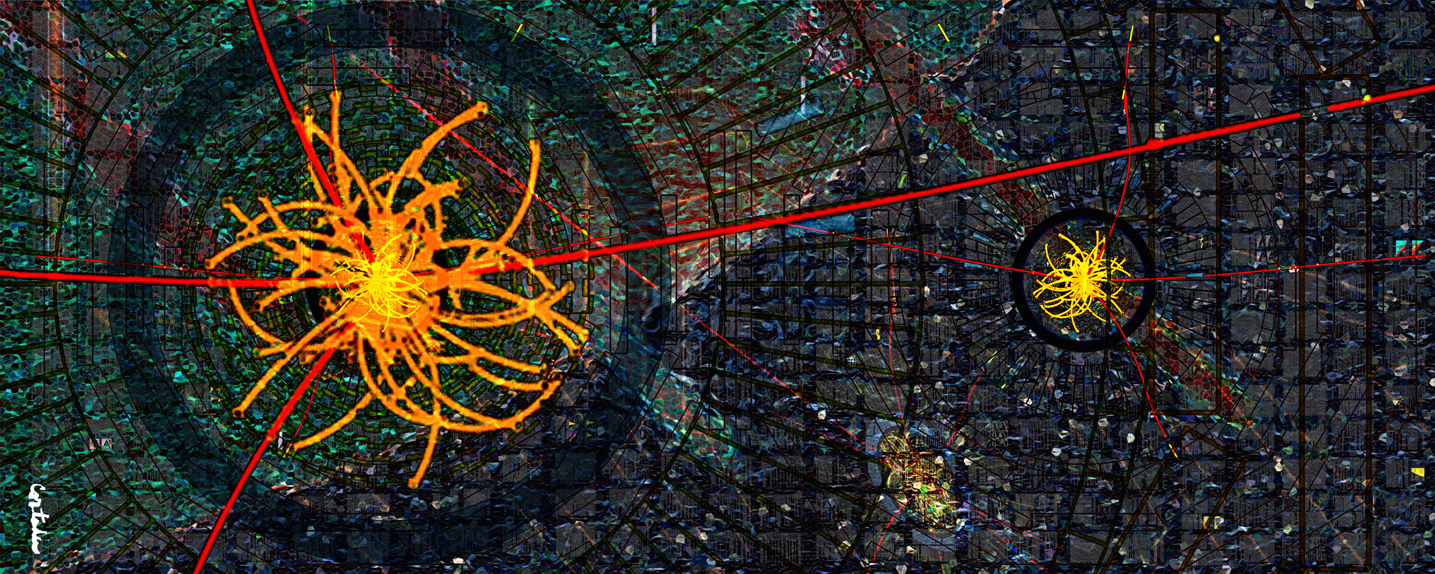
|
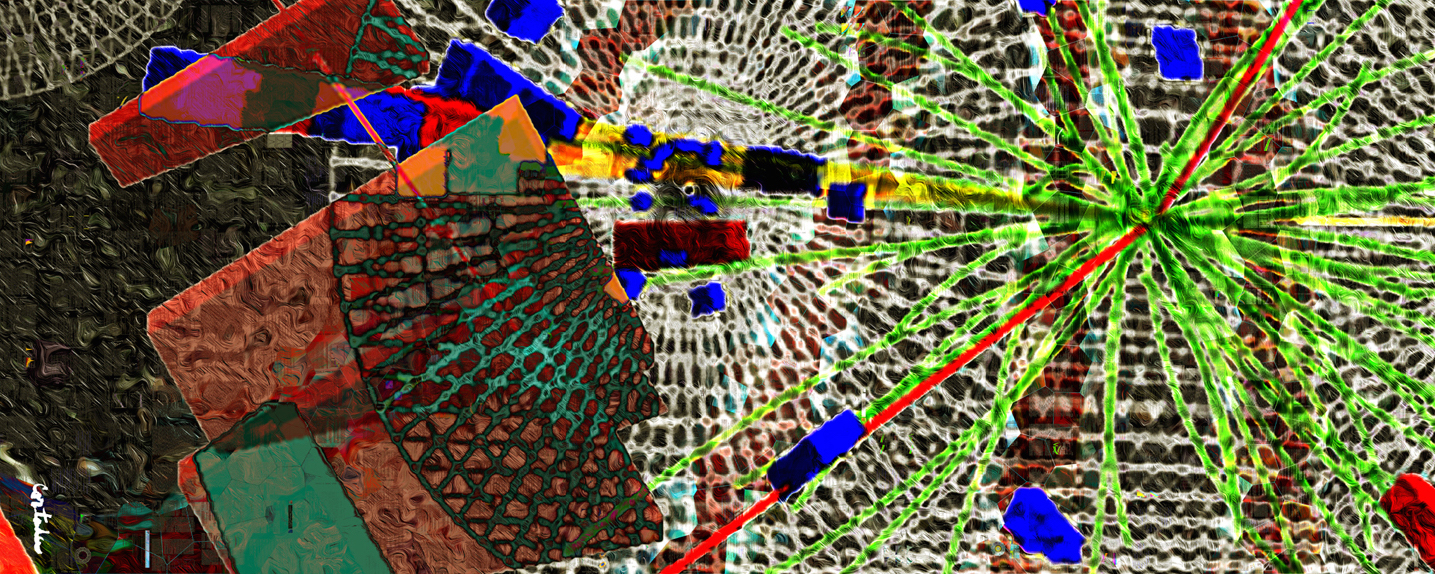
|

|
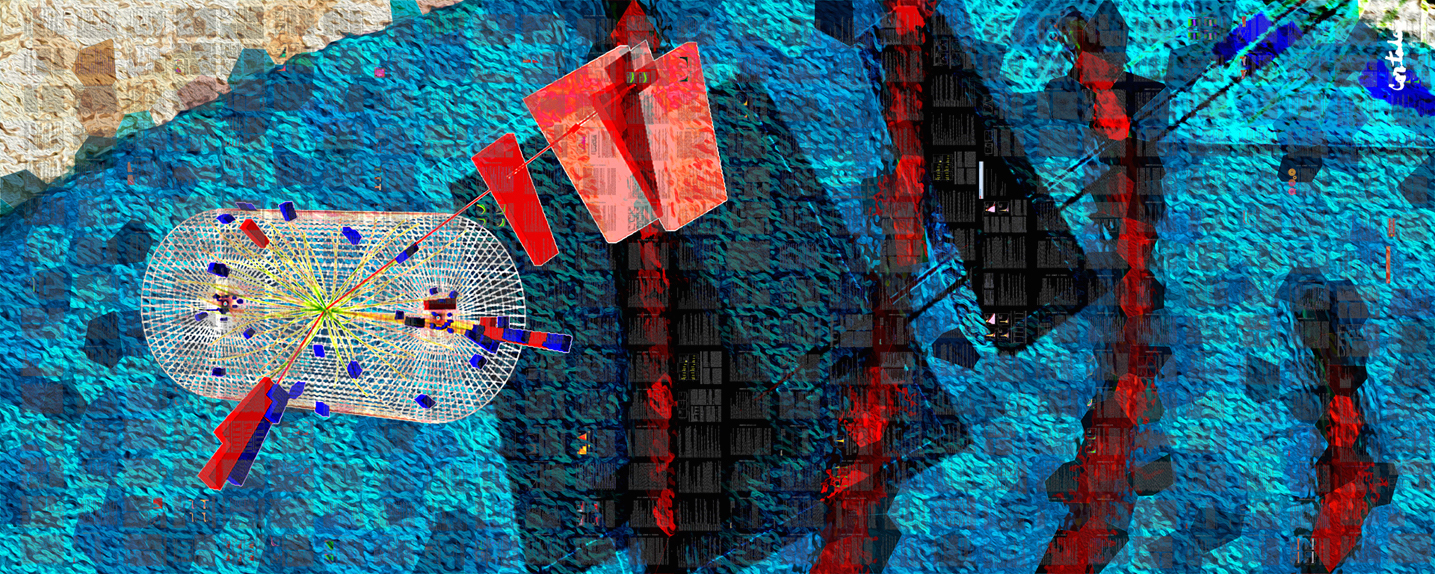
|
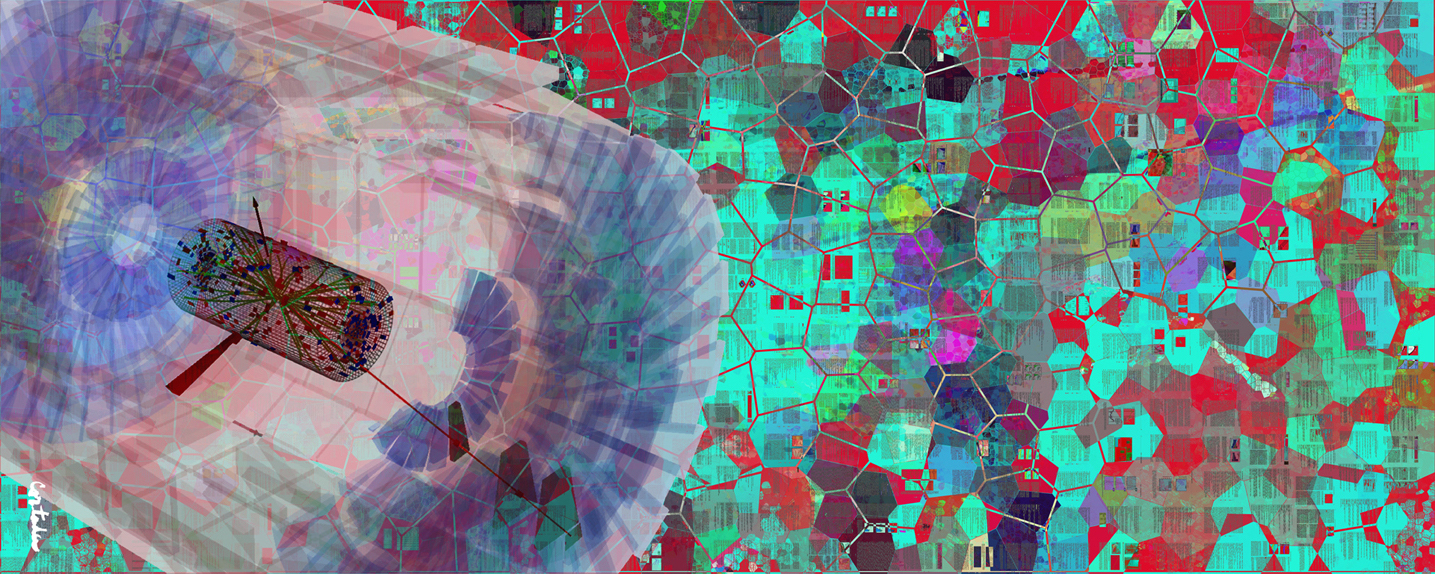
|